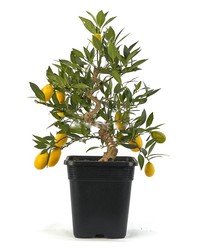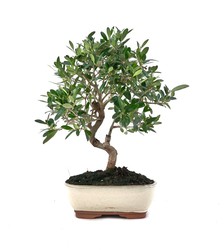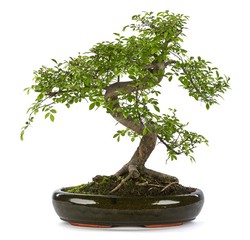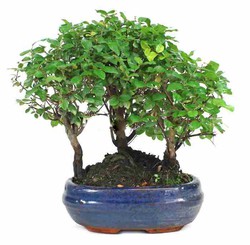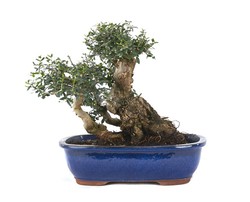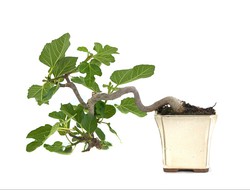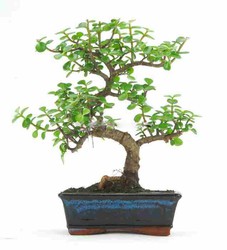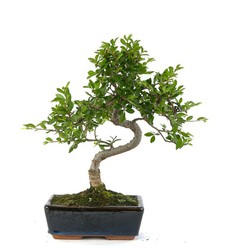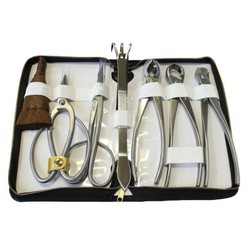Bonsai Quercus (Oak)
Brand: Brycus-Bonsáis
Description
They are typically Mediterranean trees. They live better outside, since they need the sun and cold to produce fruit. Evergreen tree. Appreciated for its bark, from which cork is obtained.
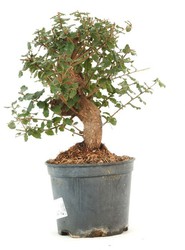
Details
FAMILY
Fagaceae
ETYMOLOGY
"Kaërquez", a word with Celtic roots.
SUBSCRIBER
From spring to autumn, in summer it is better to reduce the frequency or the dose, since we will cause excessive growth of the leaves. In winter you can stop fertilizing, since the growth is minimal.
TRANSPLANT
Every 2-3 years, out of winter.
SUBSTRATUM
Akadama 100% or mixed with volcanic clay (30% clay). It can be mixed with mobs, but it is not a very demanding species in terms of the substrate. Responds well to any substrate.
PRUNING
Structural pruning can be done in winter.
GRIPPING
Let the leaves grow and clamp in order to maintain the structure, leaving a couple of new leaves.
WIRING
Spring-summer. Situation: Outside, in full sun all year round. It resists the cold in winter, but it is convenient to protect it in case of strong frosts so that the roots are not affected.
Irrigation: Moderate. Under natural conditions this tree survives with little water, since its roots are very efficient.
Curiosities: It is believed that the cork of the cork oak is the result of the evolution of this species to protect itself against the frequent fires of the Mediterranean climate (characterized by very dry summers).
Its economic interest allows the conservation of extensive areas of forest and its sustainable development. Its fruit, the acorn, is used by a great diversity of animals for food, from non-migratory ones to cranes in winter.
* Observations: The shape and measurements of the bonsai are approximate. The color and shape of the pot may vary from the one in the photo. Remember that a bonsai is a living being, that is why the images that appear are representative.
Comments
Questions
Best price
Find more products in
Our customers trust us


